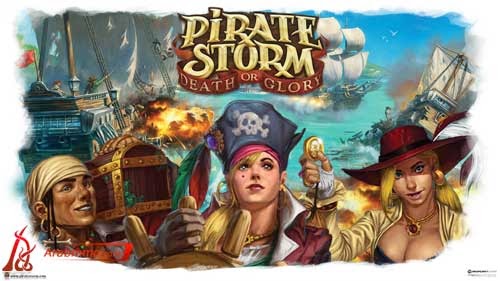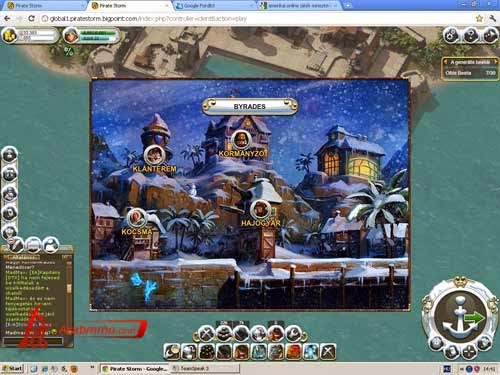 |
| The Magazine Women Believe In was a spoof of style of 1950s publications. I painted it back in the day; I wouldn't paint it today because my feminist thinking has matured. So has my painting style. |
As a young person, my brain was fizzing over with half-cocked ideas. Some of my projects were musical—like writing a rock opera with my chum Michele, or writing and recording a cowpunk album with my husband. Some were literary. Most were visual. But some were just larks, like going on the Maid of the Mist in my bikini or going skiing in grease-stained Carhartt overalls—what today we might dignify with the label ‘performance art,’ if we could find funding for it.
I grew up in a time and a town which was too conservative for performance art, and my parents tended to cast a jaundiced eye on my antics. So I burrowed into the art form I knew best—drawing and painting—and gradually left the more conceptual stuff behind. I don’t think I’m any less creative at this advanced age, but my creativity is more yoked to what I do best.
Old Masters and Young Geniuses: The Two Life Cycles of Artistic Creativity by economist David Galenson looks at the schism between the creativity of youth and that of maturity. Galenson says that some of us work by trial and error, and arrive at our major contributions incrementally, usually in old age. In contrast, there are conceptual innovators who make sudden breakthroughs by formulating new ideas at an early age. Galenson puts Michelangelo, Rembrandt, and Cézanne in the “old master” category, and Vermeer, van Gogh, and Picasso in the “young Turk” category.
 |
| Would I have painted The Beggar of St. Paul today, with its cynical depiction of Starving Africa as part of the money cycle? Probably not. I'm weary of hectoring people. |
I think he has the division in thinking right, but not the outcome. We are all more daring thinkers when young, and more methodical workers when old. The difference is in when we’re discovered and what the society in which we live values. Today we live in a society which values audacity above craftsmanship, which tends to highlight the conceptual over the incremental.
Message me if you want information about next year’s Maine workshops. Information about this year's programs is available here.
















































